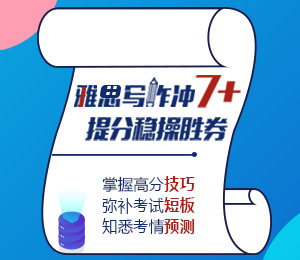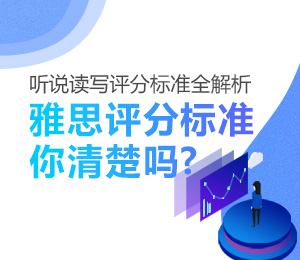雅思阅读关键词相关的技巧
2019-08-08编辑: 环球教育整理来自: 互联网
雅思阅读文章中的定位词归纳
雅思定位词在文章中出现的第一种也是最常见的一种变身是“同义替换”,这包含同义词或同义词组。
剑6,Test4的Q9:Kim Schaefer’s marketing technique may be open to criticism onmoral grounds。题目中定位词为moral,在文章中定位,我们会在文章第三段中定位到“Selling pharmaceuticals is adaily exercise in ethical judgment”,而其中ethical即为moral的同义词。
雅思定位词在文章中出现的第二种变身是“近义替换”,这包含近义词或近义词组。
剑7,Test1的Q8:However, even before this was understood, the principle hadbeen applied in the design of instruments which calculated the ____ of theseabed。 此题为在原文中选词填空的摘要题,定位词为“calculate”和“seabed”, 在文章中我们会定位到“Before this wasdiscovered, engineers had already built instruments to exploit the principle,for example to measure the depth of the sea under aship”。此处“measure”即为“calculate”的近义词,而“sea”即为“seabed”的上义词。
雅思定位词在文章中出现的第三种变身是“派生词”。
剑6,Test3的Q33:Monkeys were less likely to becomediabetic。此题为分类题,定位词为“diabetic”,在文章中定位,我们能定位到句子“…and they have more normal bloodglucose levels(pointing to a reduced risk for diabetes, which is marked byusually high blood glucoselevels)”。题目中定位词“diabetic”为名词,意为“糖尿病患者”,而文章中的“diabetes”也为名词,但意为“糖尿病”,是“diabetic”的派生词。
雅思定位词在文章中出现的第四种变身是“反义词的否定形式”。

相关阅读

-
预约雅思水平在线测试
获取0元体验课程












